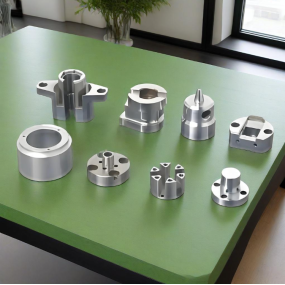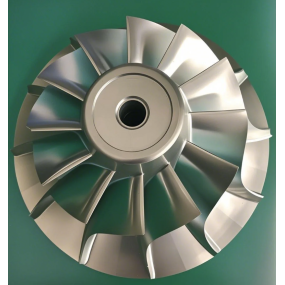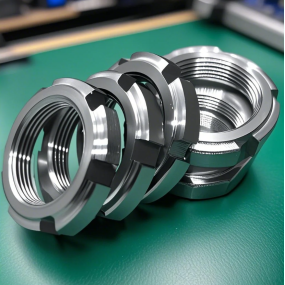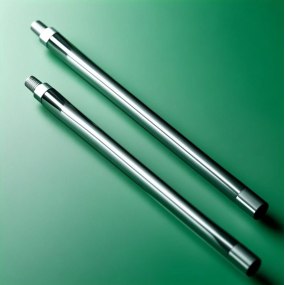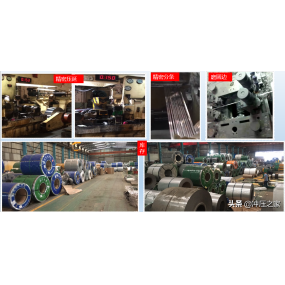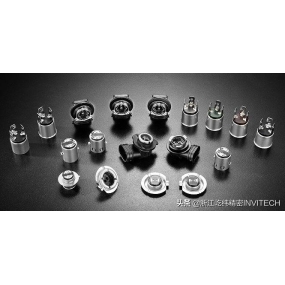It is often heard that some customers complain that the shape and size of the bent parts produced by the precision stamping parts processing factory are not up to standard. The cost incurred by this situation is also a headache for the factory. Why are there defective bent parts? This is mainly because of the rebound of the material.
From the analysis of the bending deformation process, it can be known that the two sides of the neutral layer are stressed in the opposite direction (outside tensile, inside compression). When the bending is completed, the elastic recovery direction of the materials on both sides of the neutral layer is opposite, resulting in obvious rebound.
The bending deformation is generally limited to the local area of the material, the other parts of the material are in a free state, and the elastic rebound is less affected by the overall scale, so the shape of the stamping part changes greatly. 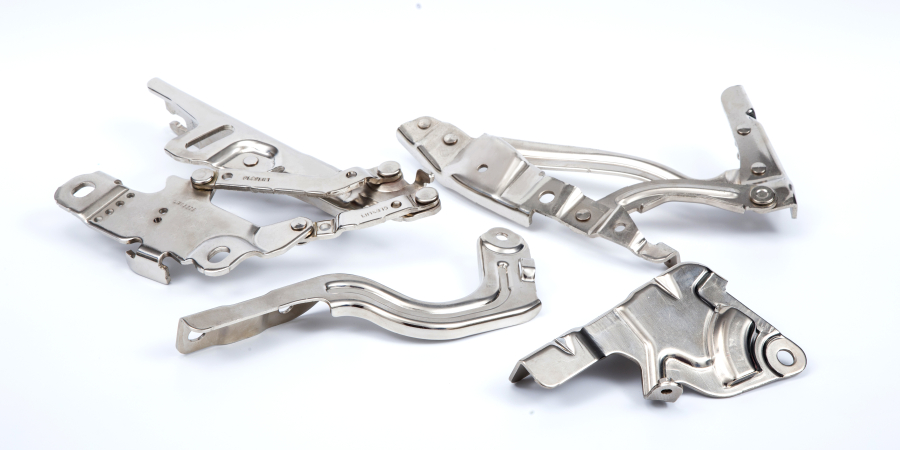
When the width of the workpiece is greater than 3 times the material thickness, there will be arcuate deflection along the bending line in the width direction. So how can precision stamping parts processing plants solve this problem?
1. Set reinforcing ribs on the workpiece. Press out the reinforcing ribs at the bending place to make it difficult for the bending part to rebound, which not only adds the accuracy of the bending part‘s scale, but also improves the stiffness of the bending part.
2. Select materials with high modulus of elasticity, low yield limit, and stable mechanical properties.
3. When bending V-shaped parts, use correction (correction) bending.
4. When bending U-shaped parts, choose a smaller gap in the stamping die.
5. The blank is annealed before bending to add plasticity.
6. Under the condition of ensuring the performance and the workpiece does not crack, the precision stamping parts processing plant can choose a small punch fillet radius.
7. For curved bending parts with a large bending radius, a stretch bending process can be used.
8. During the bending process, use a much larger force than the actual required bending force to perform corrective bending.
This article is from EMAR Mold Co., Ltd. For more EMAR related information, please click: www.sjt-ic.com,


 Spanish
Spanish Arabic
Arabic Portuguese
Portuguese Belarusian
Belarusian Japanese
Japanese Russian
Russian Icelandic
Icelandic Bulgarian
Bulgarian Azerbaijani
Azerbaijani Estonian
Estonian Irish
Irish Polish
Polish Persian
Persian Boolean
Boolean Danish
Danish German
German French
French Filipino
Filipino Finnish
Finnish Korean
Korean Dutch
Dutch Galician
Galician Catalan
Catalan Czech
Czech Croatian
Croatian Latin
Latin Latvian
Latvian Romanian
Romanian Maltese
Maltese Malay
Malay Macedonian
Macedonian Norwegian
Norwegian Swedish
Swedish Serbian
Serbian Slovak
Slovak Slovenian
Slovenian Swahili
Swahili Thai
Thai Turkish
Turkish Welsh
Welsh Urdu
Urdu Ukrainian
Ukrainian Greek
Greek Hungarian
Hungarian Italian
Italian Yiddish
Yiddish Indonesian
Indonesian Vietnamese
Vietnamese Haitian Creole
Haitian Creole Spanish Basque
Spanish Basque

